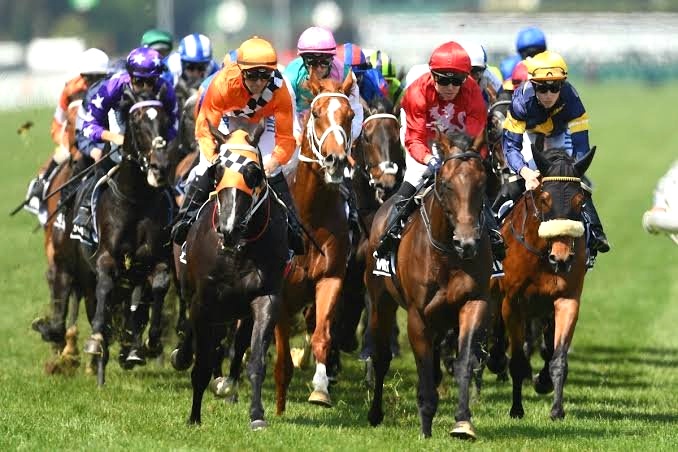Horses, like many other mammals, do experience periods of estrus, commonly known as being “in heat.” This is a normal part of the reproductive cycle and is necessary for the mare to become pregnant. But do horses actually menstruate, like humans do? The answer is not as simple as a yes or no.
What Is an Estrus Cycle?
An estrus cycle is the time during which a female horse experiences sexual receptiveness and fertility. It is the equivalent of the human menstrual cycle, and its length can vary from mare to mare. The cycle usually lasts between 16 to 22 days, but can take anywhere from 11 to 33 days. During this period, the mare will become increasingly receptive to the advances of a male horse and will be able to become pregnant.
Do Horses Menstruate?
The answer to this question is a bit complicated. Horses do not menstruate in the same way that humans do, but they do experience a similar process. Rather than an actual menstrual cycle, horses experience a period of “heat” which is marked by an increased production of hormones and a period of receptivity to breeding. During this period, the mare’s body will produce a clear, slippery fluid called “clear mucus” which is produced by the cervix and can be seen around the vulva. This fluid is known as a “sign of heat” and is often used to detect when a mare is in estrus.
What Are the Signs of Heat?
There are several signs that can indicate that a mare is in heat and ready to be bred. These include:
• Increased vocalizations- Horses will often make more vocalizations when in heat, such as whinnying, nickering, and squealing.
• Behavioral Changes- Mares in heat may become more playful and eager to be around other horses, as well as more agitated and more easily startled.
• Physical Changes- The vulva of the mare will swell up and the mare may also become more sensitive to touch.
• Increase in Appetite- Mares in heat will often have an increased appetite and may eat more than usual.
• Discharge- As mentioned above, mares in heat will often produce a clear, slippery fluid.
How Does the Reproductive Cycle Work?
The reproductive cycle of a mare is similar to that of other mammals. During the estrus cycle, the ovaries produce eggs which are released into the uterus. The uterus will then produce a hormone called progesterone, which causes the uterus to thicken and form a protective layer of mucus. This mucus is known as the “sign of heat” and is often used to detect when a mare is in estrus.
If the mare is not bred during her estrus cycle, the hormone levels will drop and the uterus will begin to shed its lining. This is known as menstruation. However, unlike in humans, the mare does not produce a large amount of blood during this process. Instead, the lining of the uterus is shed in a thin, watery, yellow-tinged discharge.
What Are the Benefits of the Reproductive Cycle?
The reproductive cycle of horses is important for several reasons. It allows the mare to become pregnant and gives her body time to prepare for the pregnancy. It also helps to ensure the health of the mare and her foal. By undergoing regular estrus cycles, the mare’s body can detect any potential health issues that may arise during the pregnancy and take steps to address them.
Conclusion
To sum it up, horses do go through a reproductive cycle that is similar to the menstrual cycle of humans. However, horses do not actually menstruate in the same way that humans do. Instead, they experience a period of estrus which is marked by an increased production of hormones and a period of receptivity to breeding. During this period, the mare’s body will produce a clear, slippery fluid called “clear mucus” which is produced by the cervix and can be seen around the vulva. This fluid is known as a “sign of heat” and is often used to detect when a mare is in estrus.



